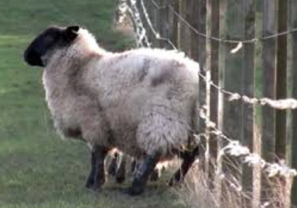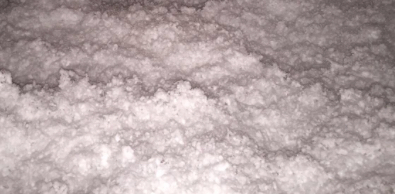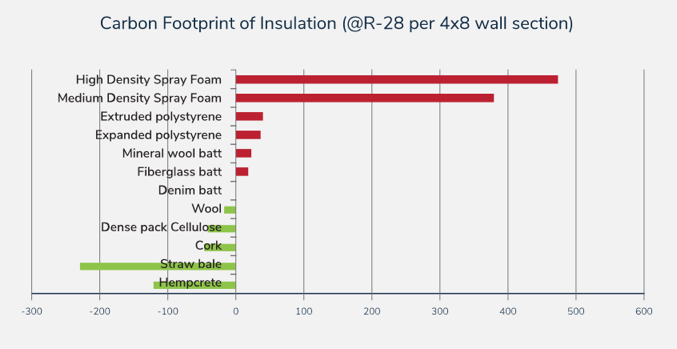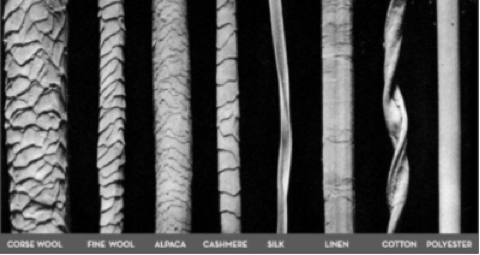Farm to Home
Sheep Wool insulation is one of the best ways to help increase the energy efficiency of the home. One of the most natural and sustainable ways to insulate your property is to use sheep wool insulation. Most of us are familiar with the woollen jumper (jersey) but now you can actually use sheep wool insulation to help keep your home warm in the winter and cooler in the summer!
You do pay a premium for sheep wool, but here below are 8 features that should make paying that little bit extra all worth it!
Insulator
For thousands of years sheep have been able to survive the elements using their wool coats to protect them from extreme cold and heat. Due to the crimped nature of wool fibres, they form millions of tiny air pockets that trap air, helping to provide a thermal barrier.
Thermal conductivity is the ability for heat to pass from one side of a material through to the other. It is measured in W/mK, where a lower value signifies a better insulator.
Sheep wool insulation has a thermal conductivity of between 0.035 – 0.04 W/mK, whereas typical mineral wool has a thermal conductivity of 0.044 W/mK.
* Wool manages moisture against 65% relative humidity. No other product possesses this characteristic.
* Wool is a keratin and will not support the growth of mold. Other products are susceptible to mold.
* Wool offers passive air filtration and improved indoor air quality by bonding with formaldehyde, NOx and SO2. Other forms of insulation off-gas and/or omit harmful particulate.
* Wool has an extremely low net embodied energy in its creation. Fiberglass and Rockwool use excessive energy to make a product.
* Wool can be composted at the end of useful life. Other forms of insulation will be in landfill at best and in the ocean at worst.
*Man’s carbon footprint is, again, making headlines as the planet warms. The wool trade sequesters some 525k tons of atmosphere derived carbon every year.
Air Purifier
Sheep wool is proven to absorb and neutralise harmful substances – the wool is a natural protein made up of a number of different amino acid chains (18 to be exact!) of which 60% have a reactive side chain.
These reactive areas allow the wool to absorb harmful and odorous substances including Nitrogen Dioxide, Sulphur Dioxide and Formaldehydes and neutralise them through a process known as Chemisorption.
So using the sheep wool as insulation actually has health benefits and creates a feel-good indoor climate.
Fire
The interior composition of wool also explains its resistance to fire and its ability to self extinguish. Wool has high nitrogen and water content so it needs higher levels of oxygen to burn than the surrounding environment provides. In addition, wool’s cross-linked cell membrane structure will swell when heated to the point of combustion, forming an insulating layer that prevents the flame spread. This also means that wool produces less smoke and gas than synthetic fibers and synthetic insulation for that matter!

Sheep wool can absorb 33% of its weight in moisture without compromising its insulating ability. The core of the sheep wool fibre is hygroscopic, meaning that it will absorb water vapour – making it perfect in the loft space where you tend to encounter more condensation.

Sheep wool offers fantastic acoustic insulation – far better than comparable insulating materials.
Sheep Wool is becoming increasingly popular in schools and offices to help aid concentration in the classroom and ensure meetings can be held undisturbed.
Owing to the unique structure of the fiber, wool is elastic (returns to its original solid shape) and has some viscous properties (behaves like a liquid) so we describe it as viscoelastic. What’s amazing about viscoelastic materials is that they absorb the energy of sound waves and then dissipate this energy outward. Translation – wool insulation creates a quiet living space in a completely natural way.
Keratins are Key
Sheep’s wool is 97% keratins (think hair, nails). What’s crucial about keratins are that they contain amino acids which bind with harmful chemicals like formaldehyde, nitrogen oxide and sulphur dioxide. In another ingenious evolutionary development, they also irreversibly bond with these chemicals.

A great thing about sheep wool is that it doesn’t burn; it is just about the only fibre that naturally resists flaming and as soon as the flame is removed it will actually self-extinguish.
As a result of the wool’s high nitrogen content, it will simply smoulder and singe away instead of bursting into flame. In fact you will need to heat the wool to a temperature in excess of 560°C (1040°F) before it burns.

Sheep wool insulation is really easy to work with.
Glass and Rock wools cause major irritation if you handle them with bare skin and can cause damage to lungs and eyes. Therefore it is strongly recommended that you wear a mask and goggles when installing either of these. However sheep wool insulation is a breeze to work with as it is safe and harmless – lie on the stuff and it would just feel soft and fluffy like a woollen jumper!
We think that the majority of people will want to insulate their own lofts as part of a DIY job, so the fact you can easily handle the sheep wool makes the job far simpler.
Natural & Sustainable
The final point is that sheep’s wool is a 100% natural product – Since sheep naturally produce the wool, it requires a fraction of the energy to produce vs man-made wool equivalents – with most of this energy required to wash the wool before it is used.
Less Energy Required to Produce
Sheep’s wool requires less than 15% of the energy used to manufacture glass wool, so from a sustainable point of view there is only one winner!

Sheep Wool is produced using the same process as the Roll and Batt, but does not require the carding process. Loose sheep wool is ideally suited for insulation when there is a closed cavity that needs insulation added. The common practice is to blow the insulation into the cavity in the same manner as fibreglass or cellulose insulation.
Loose Fill Coverage Chart
Loose Fill Pricing: US$140 per Bag (plus taxes and freight)

Designed for use in new and existing buildings within the loft, rafter, internal wall, and inter-floor use. Wool insulation is ideal for dry lining on external walls and throughout all parts of wooden framed buildings.
Roll/Batt Pricing: $2 per square foot (plus taxes and freight)
3-1/2" (R-13) covers 90 sqft per bag @ US$140/bag
5-1/2" (R-19) covers 60 sqft per bag @ US$140/bag





